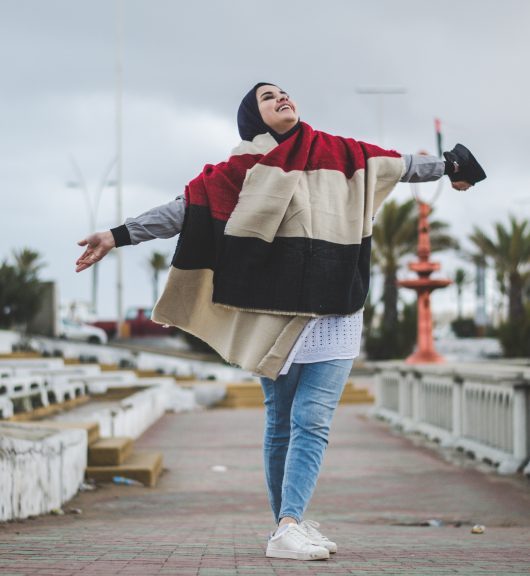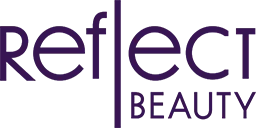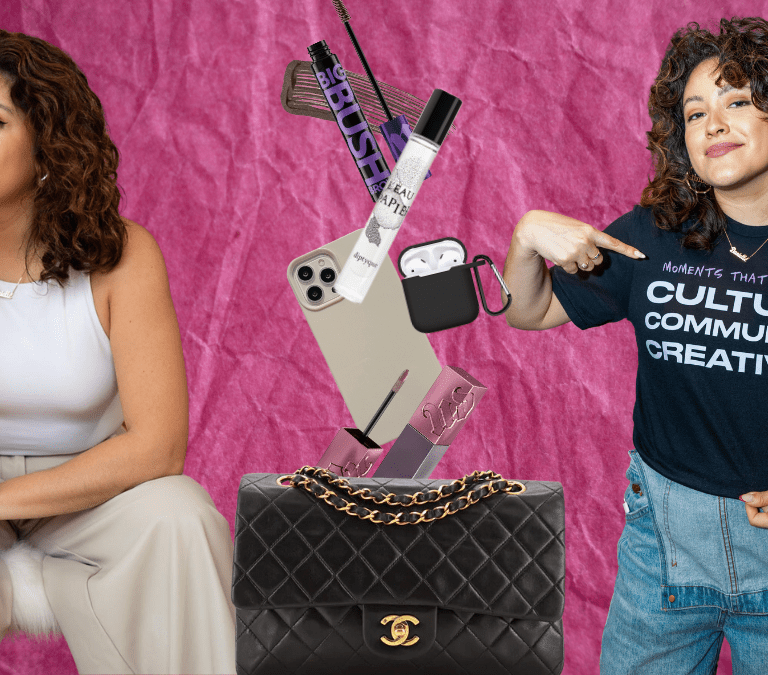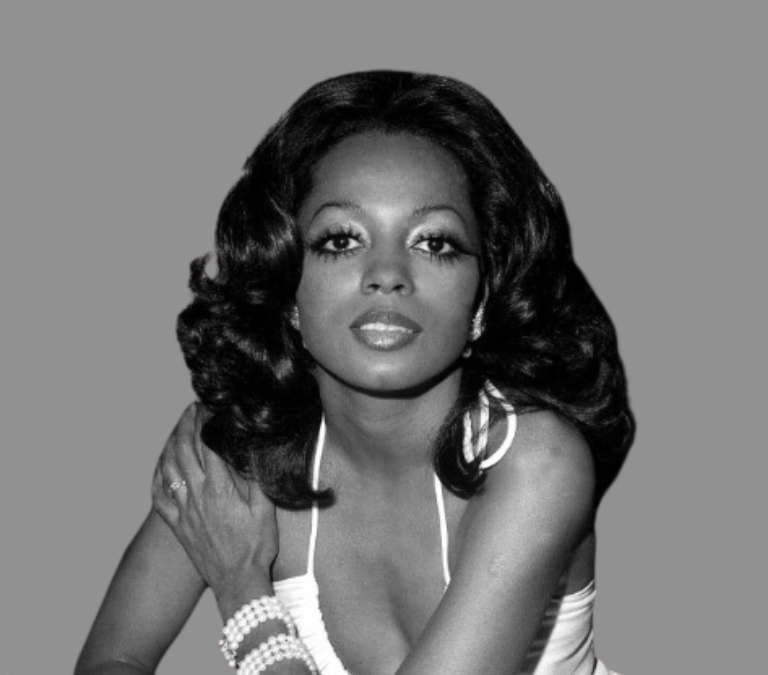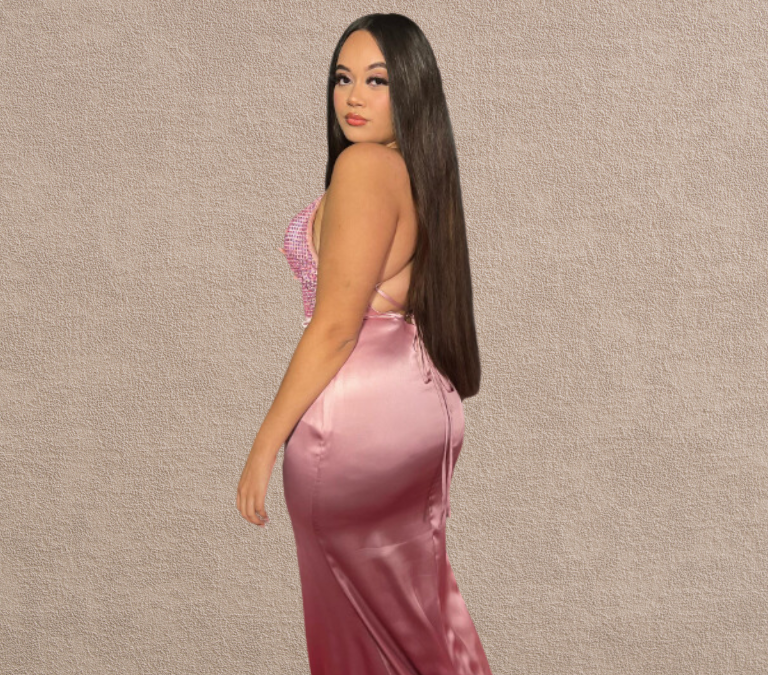How we see the world shapes who we choose to be — and sharing compelling experiences can frame the way we treat each other, for the better. This is a powerful perspective.
While beauty standards have been evolving over the years, each society has developed its own definition of what it means to be beautiful. So what is beauty? Merriam Webster defines beauty as the “quality or aggregate of qualities in a person or thing that gives pleasure to the senses or pleasurably exalts the mind or spirit.”
Culture in the United States, and Western media in particular, often defines beauty through how much pleasure you can provide someone else. From the heavy focus on our skin “health” to the color of our complexions, standards are based on “improving” physical appearances.
This has driven a rise in sales in the cosmetic industry, particularly in skin lightening, and has led to millions of women feeling insecure.
However, as a Muslim American woman, I am able to eschew Western beauty standards for ones that I deem to be more meaningful by observing the hijab and beauty as outlined by Islam.
I’ve found more freedom in endless possibilities by defining beauty as beauty of the soul, which allows for both inner and outer grace. For me, I go by the Prophetic saying that if the heart is sound and wholesome, the whole body is sound — that, to me, is beautiful.
Khush Rehman, who has been observing hijab for 11 years, tells me: “Beauty and hijab is usually felt instead of explained. For me, the beauty of hijab cannot be defined; it needs to be felt. It means to be understood by a person who chooses beauty to be seen, and it requires lots of love, faith and honesty.”
While those who observe hijab are frequently viewed as foreign (as exemplified by the recent attacks on prominent figures like Representative Ilhan Omar), the Muslim American woman and the hijab are actually becoming more common than before.
My definition of beauty is, in many ways, about being emotionally, psychologically and even physically free.
Emotionally, I am at ease with hijab.
By relegating myself to what Islam outlines for me, I am able to internalize the definition of beauty of the soul further. I feel happier that I am covered and can ward off unintentional remarks that may have to do with my body and appearance. I don’t have the angst that may be associated with how I am perceived. Instead, I am content and satisfied with hijab.
Psychologically, I feel at peace and content with observing hijab.
I do not have to stress about how I am perceived. Instead, I feel emboldened by the hijab. The hijab serves as a reminder for me in many ways that my skills hold more weight than if I presented myself in what may be deemed as the status quo by Western standards.
My focus is on my intangible assets instead: soft skills and qualifications that are separate from how I look.
In the process, there is an element of mental gymnastics that take place when I step inside a public setting and notice that I may be one of the only women of color observing hijab. But, instead of seeing myself as a victim of circumstance, I invite it and view it as a stepping stone to shatter myths.
Physically, I am calmed by observing hijab.
The hijab has a soothing effect on me when I go outside. While I may be subjected to judgments of hatred about how I look, this does not bother me as much as it used to.
It is gratifying to be able to control which parts of my body I want to expose to the rest of the world — this includes only my hands and face, and sometimes my feet.
The knowledge that my body structure cannot be easily defined under the hijab strengthens me. I choose to see this as an encouragement for people to speak to me as a person instead of because of my looks.
There is something reassuring about that for me: not being eye-candy for others to whom I choose not to reveal my physical beauty. This does not mean I forget my outward appearance. I still care about how I appear — but the importance doesn’t warrant changing my appearance to fit in with mainstream culture.
Instead, it entails matching outfits. When I pick out a certain dress or skirt for the day, I want to ensure it’s clean and ironed with no wrinkles. I am careful to choose a material that would sit well on my head without excessive fixing. The pins have to coordinate and need to be placed in the right areas.
The variety and choice of colors are important to me too. There needs to be the right contrast to make sure the outfit looks seamless.
There was a time when I used to be self-conscious about how I may appear in the eyes of others. I felt like I had a responsibility to represent other women who also observe hijab. But now I’ve freed that part of myself. I also do not wear heavy makeup in public, as that is not part of hijab.
The energy and time spent on beautifying myself is significantly lower now that I am less vigilant when it comes to my appearance.
As one can see, while hijab is constantly being misconstrued in society, the effects of hijab are different for everyone.
For me in particular, hijab is a game-changer and a way of life. It elevates me in ways I could not imagine, and I am grateful for it as it helps me dodge social beauty standards that often dictate how people see and treat themselves. By escaping that criteria, I feel healthier and am happier with who I am.
Tasmiha Khan has an M.A. in Social Impact from Claremont Lincoln University and is a 2018-2019 American Association of University Women Career Development Awardee. Follow Khan @CraftOurStoryto learn more.
Original article: https://www.healthline.com/health/beauty-skin-care/hijab-beauty-meaning#2″>
Photo by M.T ElGassier on Unsplash
How the Hijab Helps Me Overcome Racialized Beauty Standards
